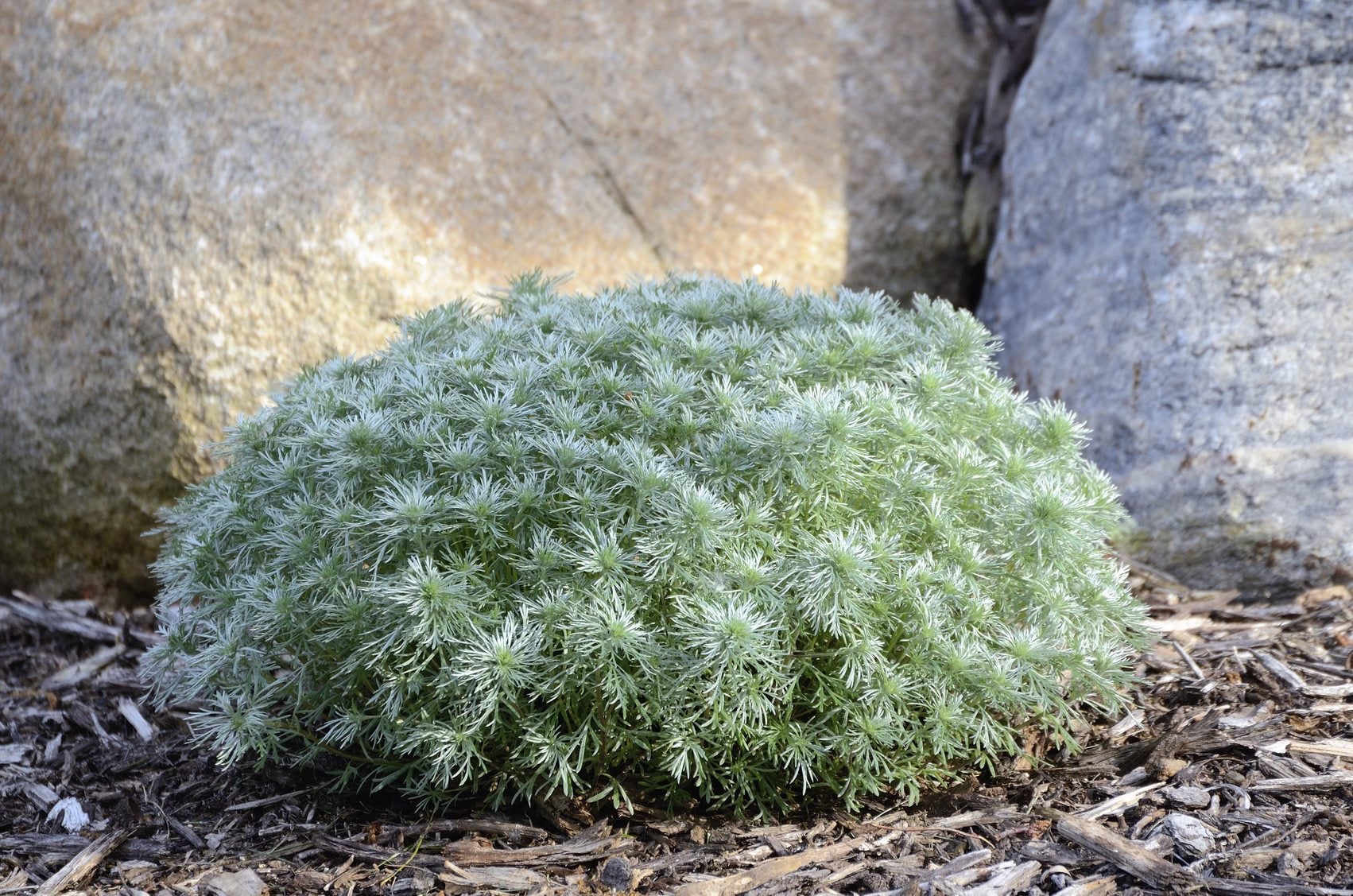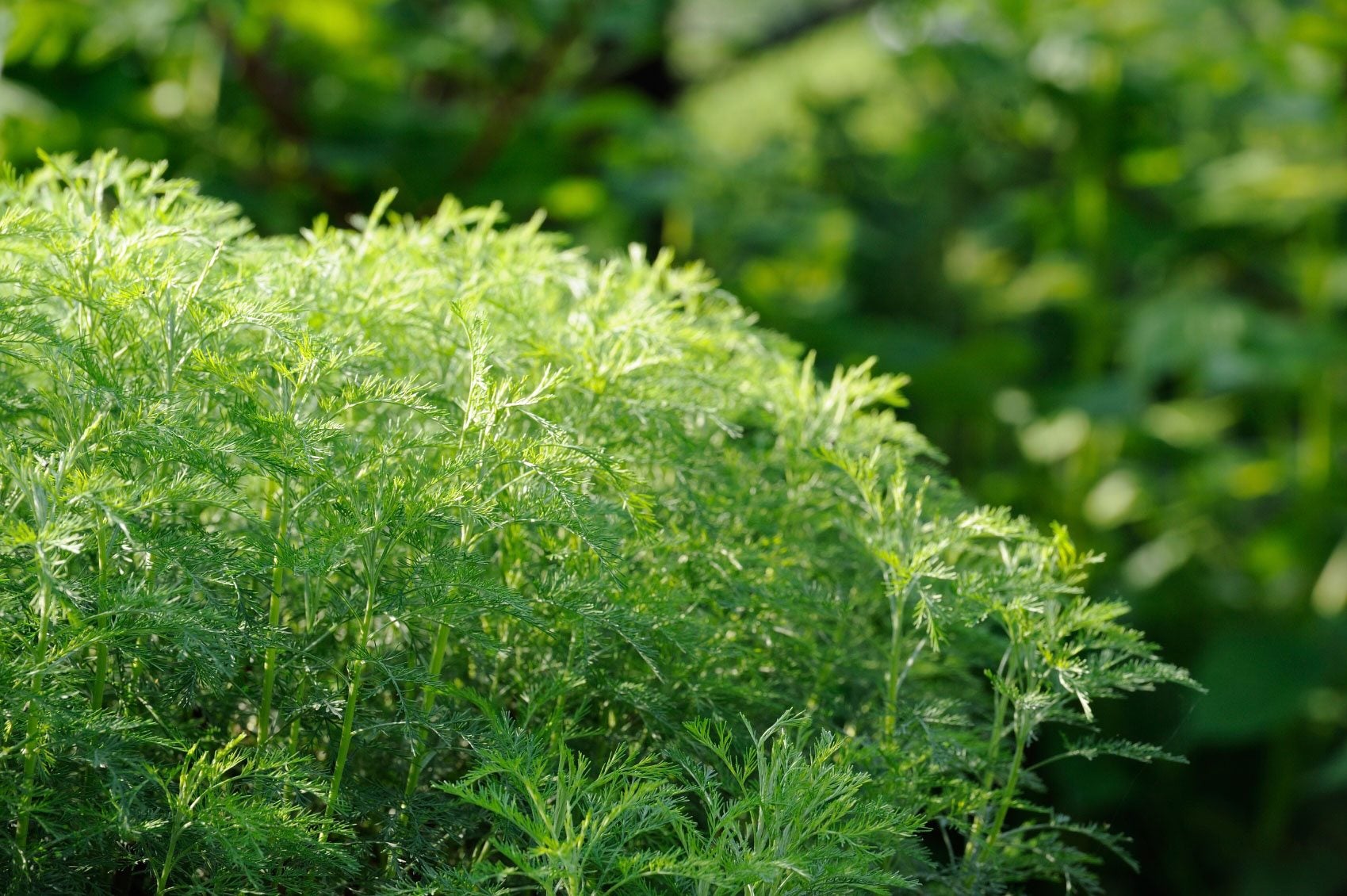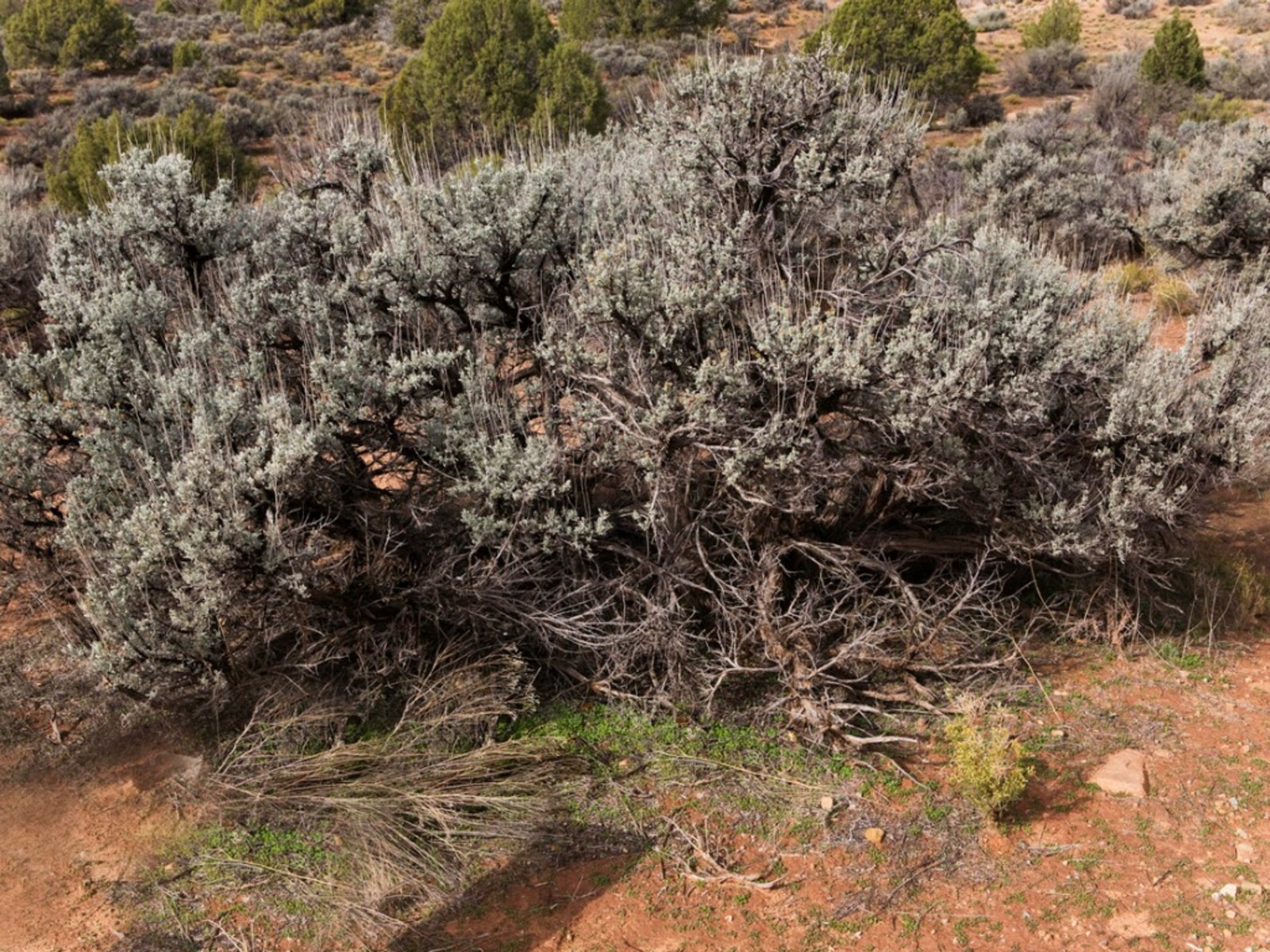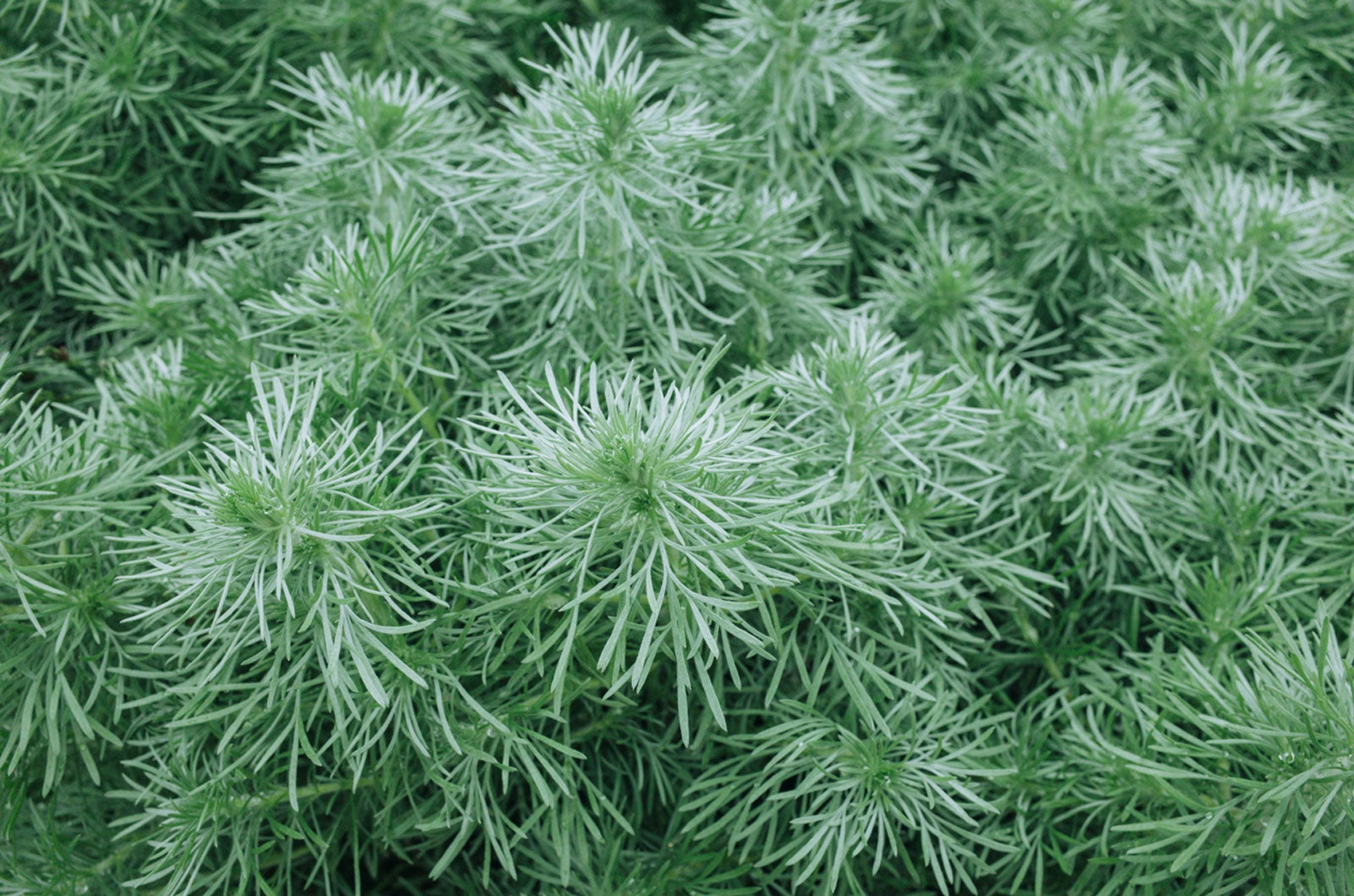Artemisia Winter Care: Tips On Winterizing Artemisia Plants


Artemisia is in the Aster family and mostly belongs to the dry regions of the Northern Hemisphere. It is a plant that is not used to the cold, freezing temperatures of the colder zones in the area and may need special care to withstand the winter. Winter care for Artemisia is fairly minimal, but there are a few tips and tricks to remember so the plant has the best chance of survival over the cold season. This article will help with information on caring for Artemisia over winter.
Is Winter Care for Artemisia Necessary?
Most Artemisia plants are hardy to USDA zones 5 to 10 and occasionally down to 4 with protection. These tough little plants are primarily herbaceous, and many have medicinal and culinary properties. Most Artemisia in winter does quite well, shedding some leaves but, otherwise, the root zone stays safely underground. Plants that are growing in extremely northern climates, however, can have severe issues and the roots can be killed by a deep frost, so some steps need to be taken to protect the plant. There are ways of winterizing Artemisia in the ground or in containers. Which method you choose will depend upon where you live and how severe your winter conditions will get. One of the first questions to ask yourself is, "What is my zone?" Before you can decide how much effort you need to put into saving your plant, the region in which you live has to be vetted. Since most Artemisia can live in USDA zone 5, just a little bit of Artemisia winter care is required. However, if you live in zone 4 or lower, it is probably a good idea to keep the plant in a container or dig it up in fall and move it indoors. Store these plants in a frost-free area and water once per month deeply, but no more, as the plant will not be actively growing. When caring for Artemisia over the winter, place the plant where it receives medium light. Begin to increase water as the temperatures warm up. Gradually reintroduce the plant to outdoor conditions and replant in the ground if you wish or continue growing in the container.
In-ground Artemisia Winter Care
Plants in regions that are warm or temperate enough to sustain Artemisia outdoors may still want to do a little winter preparation. The plants will benefit from 2 to 3 inches (5-8 cm.) of organic mulch, such as fine bark chips, over the root zone. This will act like a blanket and protect the roots from any sudden or sustained freezes. If a really bad freeze is coming, use a blanket, burlap, bubble wrap, or any other cover to make a cocoon over the plant. This is a cheap and effective way of winterizing Artemisia or any sensitive plant. Don't forget to remove it when the danger has passed. Make sure to water if the winter is dry. Artemisia are very drought tolerant but needs occasional moisture. Evergreen Artemisia in winter especially needs some moisture, as their leaves will lose moisture from the foliage. If your plant has died back due to winter and does not appear to be coming back, it may not be too late. Some Artemisia in winter naturally lose their leaves and new foliage may be forming. Additionally, if the root ball was not killed, you can probably get the plant to come back. Use a clean, sharp pruner and gently scrape the woody stems and trunk. If you see green under the bark, the plant is still alive and there is a chance. Remove any plant material that is brown after scraping. This may mean cutting the plant back to the main stem, but there's still a chance all is not lost. Make sure the plant is in a location that is well draining and receives some moisture during spring as it battles its way back. Fertilize with a gentle formula, such as a diluted mixture of fish fertilizer and water. Feed the plant once per month for two months. Gradually, you should see the plant come back to itself if the roots survived and produce new foliage. Caring for Artemisia over the winter is a simple, straightforward process that can save these unique plants.
Gardening tips, videos, info and more delivered right to your inbox!
Sign up for the Gardening Know How newsletter today and receive a free copy of our e-book "How to Grow Delicious Tomatoes".

Bonnie Grant is a professional landscaper with a Certification in Urban Gardening. She has been gardening and writing for 15 years. A former professional chef, she has a passion for edible landscaping.
-
 Try The Trend – Turn Any Bed Into A Keyhole Garden With This Clever In-Ground Composter
Try The Trend – Turn Any Bed Into A Keyhole Garden With This Clever In-Ground ComposterKeyhole gardening is an efficient and sustainable practice that saves space. Get started on this DIY project quickly and easily with an in-ground composter.
By Bonnie L. Grant
-
 4 Superfast Composting Methods: Turn Waste Into Garden Gold In 30 Days Or Less
4 Superfast Composting Methods: Turn Waste Into Garden Gold In 30 Days Or LessTry the fastest composting methods to turbocharge your pile and transform kitchen scraps and garden waste into finished compost in just a few weeks.
By Mary Ellen Ellis
-
 Growing Southernwood: Care And Uses For Southernwood Herb Plant
Growing Southernwood: Care And Uses For Southernwood Herb PlantOne of the lesser-known herbs, or rather underutilized in some regions, is the southernwood herb plant, also known as southernwood Artemisia. Learn more about this plant in the article that follows.
By Amy Grant
-
 Sagebrush Plant Information: Growing Facts And Uses For Sagebrush Plants
Sagebrush Plant Information: Growing Facts And Uses For Sagebrush PlantsSagebrush is a common sight along roadsides and growing sagebrush plants in the home landscape provides a natural look for the open field or pasture. Learn more in this article.
By Bonnie L. Grant
-
 How To Grow Artemisia: Caring For Silver Mound Plants
How To Grow Artemisia: Caring For Silver Mound PlantsFine, delicate foliage and an attractive, mounding habit are just a couple of reasons gardeners like growing the silver mound plant. Learn about growing and caring for silver mound plant in this article.
By Becca Badgett